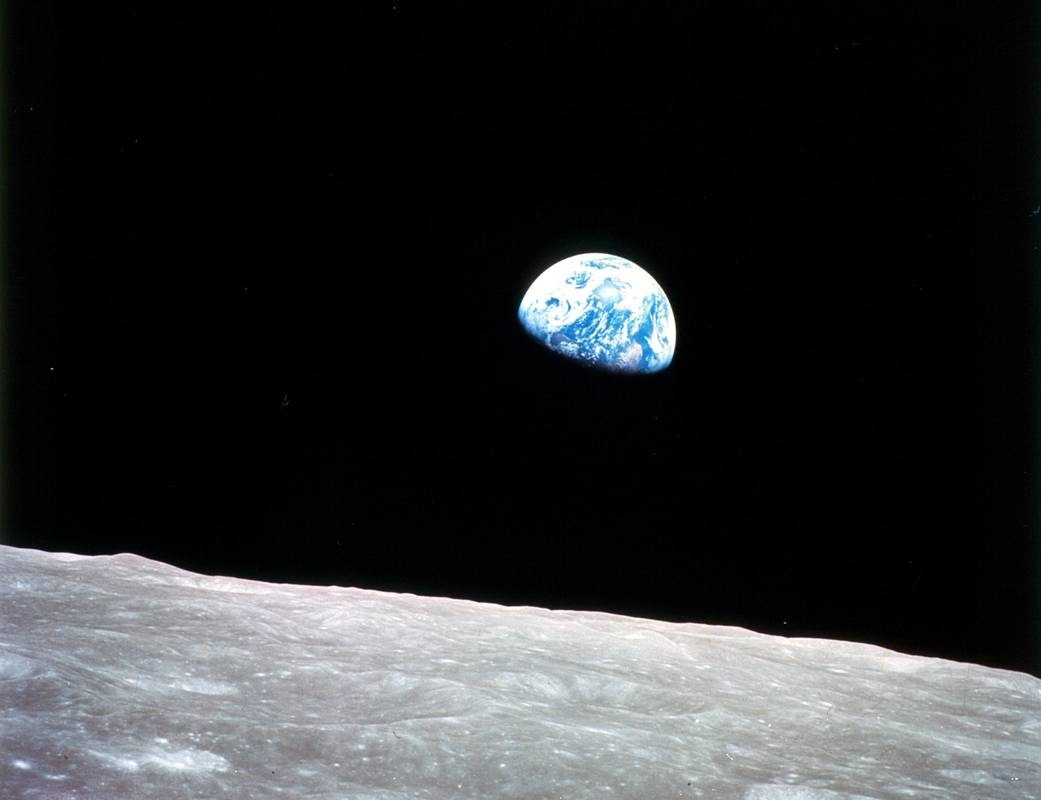How did Earth Day start?
The 1960s in the USA saw a growing activist movement, as well as a growing environmental movement.
One key turning point in the growth of this environmental movement is the ‘Earthrise’ photo, taken by Bill Anders during the 1968 Apollo 8 mission.

Combined with this, Rachel Carson’s ‘Silent Spring’ became a New York Times bestseller. The book is an environmental science book which exposes the effects of pesticides on the natural world.
Whilst these two pieces of culture were chiming with a growing environmental awareness, real life events were also horrifying Americans.
In January 1969 an oil spill off the coast of Santa Barbara in California saw more than 3 million gallons of oil spilt. More than 10,000 seabirds, dolphins, seals and sea lions were killed.
One person in particular who was moved to action by the sight of the oil spill was US Senator Gaylord Nelson. Nelson was Wisconsin Senator and an ardent conservationist.
Starting the movement
Nelson proposed a teach-in, inspired by those of the anti-Vietnam War movement. Teach-ins saw educational forums take place across college campuses, with no time regulations, or rules.
Denis Hayes was made organiser of the first Earth Day, and he worked to make it an event that everyone could get involved with nationwide.
The first problem to solve was the name. The idea of a ‘teach-in’ had a mixed reputation. Julien Koenig, an advertising expert from Madison Avenue volunteered to help, and came up with the name ‘Earth Day’.
Hayes spent half of the campaign money on a full page ad in the Sunday New York Times. The ad was so successful it more than covered its costs and saw thousands of people send cheques and offers to help.
Earth Day today
The first Earth Day saw more than 20 million people take to the streets. In the 1990s Earth Day went global, and today it is marked in 192 countries around the world.
Since then Earth Day has helped pass things like the Clean Air Act and the Endangered Species Act in the USA.
2016 Earth Day saw the signing of the Paris Agreement, an international climate change treaty.
The 2024 Earth Day theme is Planet vs. Plastics. It advocates for widespread awareness on the health risks associated with plastics, and to phase out all single use plastics, as well as pushing for a UN treaty on Plastic Pollution and an end to fast fashion.


